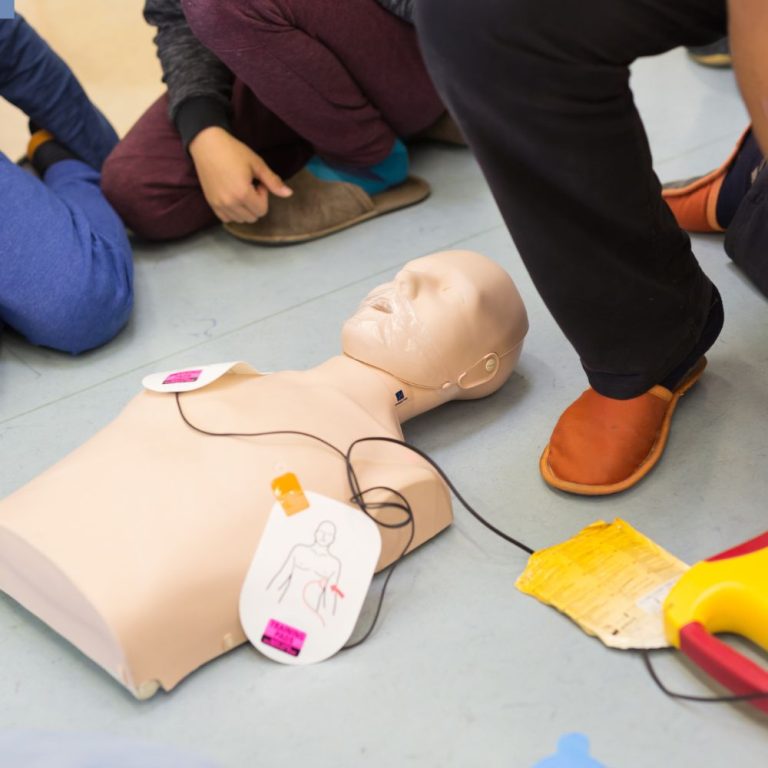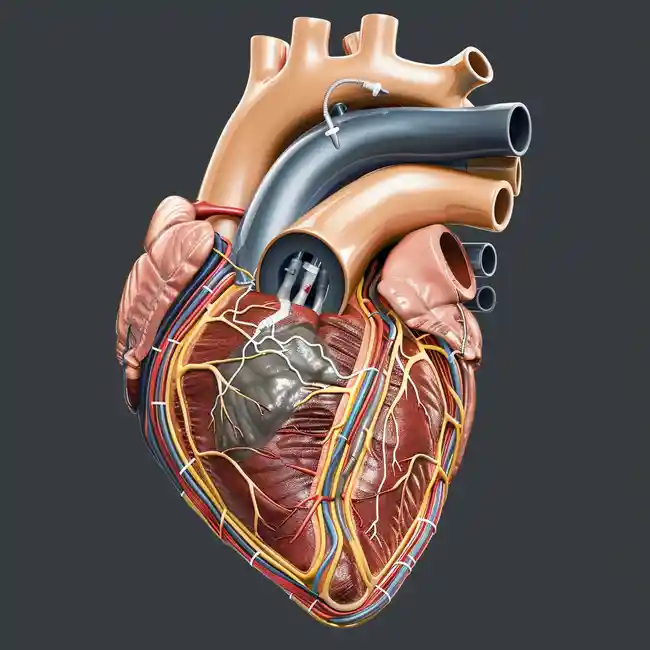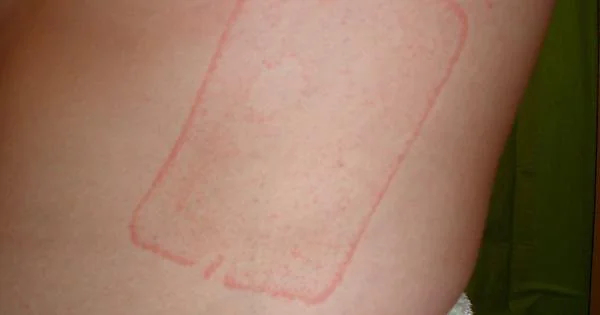Can You Reuse a Defibrillator

Automated External Defibrillators (AEDs) have become indispensable in public spaces, schools, offices, and even homes. Their primary function is to deliver a life-saving electric shock to a person experiencing sudden cardiac arrest. Given their pivotal role, a frequently asked question is, “Can you reuse an AED? Yes you can. Defibrillators are reusable, but you’ll need to replace some parts each time.= Let’s delve deeper into this subject and demystify the facts.
The Core Components of an AED. What Can You Reuse?
An AED consists of three main components:
- The Main Unit: This is the heart of the AED, housing the electronic circuitry and controls. It’s responsible for analyzing the heart’s rhythm and determining if a shock is necessary.
- Battery: The power source of the AED. Batteries in AED’s are generally not rechargeable. This is because you want to be sure that the battery is always charged and ready for use. Once depleted, it must be replaced to keep the AED operational.
- Electrode Pads: These adhesive pads are placed on the patient’s chest to deliver the electric shock. Some models, like those from HeartSine, combine the battery and electrode pads into one single-use cartridge, simplifying maintenance and replacement.
Reuse the Main Unit
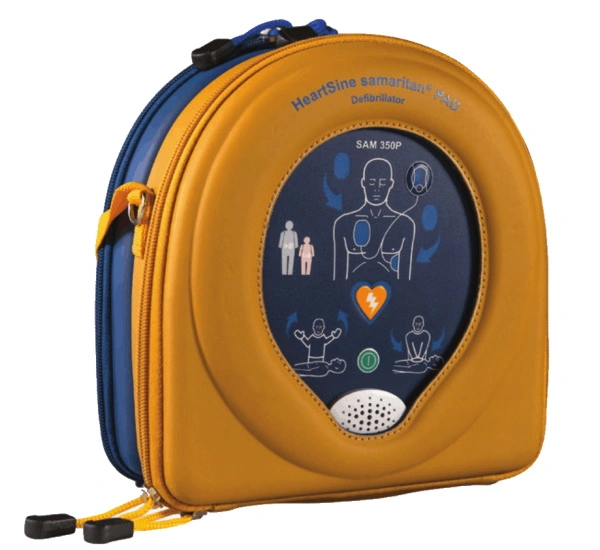
The main unit of an AED is designed for multiple uses. However, the battery is not reusable and has a limited lifespan. Once it’s depleted, it needs to be replaced. Most AEDs will provide an alert, either visual or audible, when the battery is nearing depletion. Regular maintenance checks are essential to ensure the device is always in optimal condition.
Electrode Pads: One-Time Use
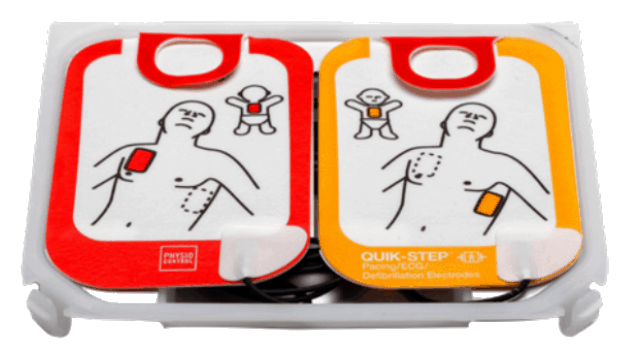
The electrode pads are designed for a single use. After delivering a shock or even just being opened and applied to a patient’s skin, they must be replaced. The adhesive on these pads can degrade over time, and their ability to effectively transmit an electric shock can be compromised after one use. Some Defibrillators include combined pad and battery units to make maintenance easier.,
The Significance of Regular Maintenance
To ensure that an AED is always ready for use, regular maintenance is paramount. This includes:
- Checking the battery level and replacing it when depleted.
- Ensuring a set of unused electrode pads or combined cartridges (in models like HeartSine) is always available.
- Periodically testing the device to confirm it’s functioning correctly.
Conclusion
While the main unit of an AED is reusable, both the batteries and electrode pads are not. It’s imperative to replace used or expired pads and batteries promptly and to conduct regular maintenance checks on the device. With diligent care, an AED remains a dependable ally in emergency situations, standing ready to save lives. Keen to learn more about Defibrillators? What’s the right one for you? Find out by answering a few simple questions



